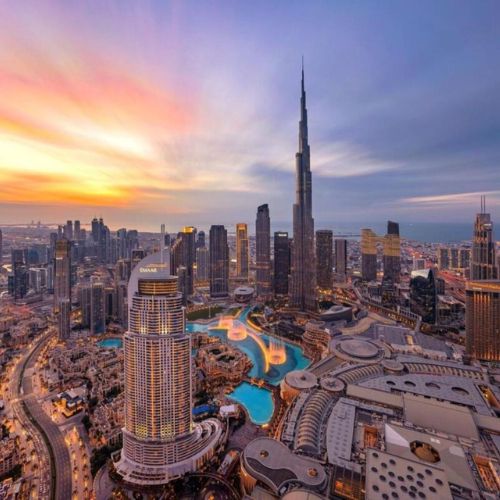P Veeramuthuvel, Project Director of ISRO’s Chandrayaan-3 project, stated on Saturday that India’s lofty goals of having its space station by 2035 and sending an Indian astronaut to the moon by 2040 are moving along as planned.
“We already have an Indian astronaut on the moon by 2040, and we should have our space station operational by 2035, according to Prime Minister Narendra Modi and ISRO Chairman. We are working toward these really big ambitions that ISRO has taken on,” he told PTI in this location.
Regarding the successful return of the Propulsion Module (PM) of the Chandrayaan-3 spacecraft to Earth’s orbit, Veeramuthuvel said that ISRO has succeeded in completing one lunar day for the lander and rover missions on Chandrayaan-3.
The ISRO scientist said, “We successfully finished the hop-on experiment where we used the same engine where we landed and again we operated the payload for one Earth day.“
The propulsion module, which was intended to circle the moon, completed every mission goal.
He explained, “We successfully brought the propulsion module from the moon’s orbit to Earth’s orbit by using some propellant that was available in the propulsion module to demonstrate (our) capability.” PTI ROH
A space station is an artificial building that is sent into orbit and is equipped with the power, supply, environmental systems, pressurized containment, and other utilities required to sustain long-term human occupancy.
A space station can function as a basis for a range of operations, depending on how it is configured. These include long-term studies of the behavior of materials and biological systems—including human physiology and biochemistry—in a state of weightlessness, or microgravity, as well as observations of the Sun and other celestial objects. They also include military reconnaissance and studies of Earth’s resources and environment.
While bigger space stations are launched in modules and constructed in orbit, smaller space stations are launched completely completed. A space station is launched empty to maximize the capacity of its carrier vehicle, while its crew members—and perhaps extra equipment—follow in different spacecraft.
As a result, a transportation system is necessary for the crew and hardware to be transported as well as for the resupply of propellant, air, water, food, and other supplies that are used up during regular operations on a space station. Large solar panel arrays and banks of storage batteries provide the electrical power for space stations.
They also use satellite-based positioning systems for navigation and geostationary relay satellites to maintain constant contact with mission controllers on the ground.















